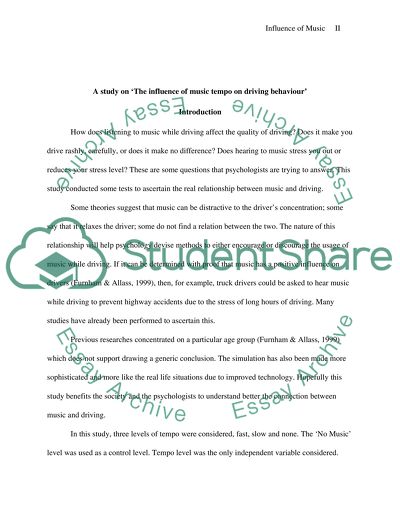Cite this document
(“The influence of music tempo on driving behaviour Essay”, n.d.)
The influence of music tempo on driving behaviour Essay. Retrieved from https://studentshare.org/psychology/1540073-the-influence-of-music-tempo-on-driving-behaviour
The influence of music tempo on driving behaviour Essay. Retrieved from https://studentshare.org/psychology/1540073-the-influence-of-music-tempo-on-driving-behaviour
(The Influence of Music Tempo on Driving Behaviour Essay)
The Influence of Music Tempo on Driving Behaviour Essay. https://studentshare.org/psychology/1540073-the-influence-of-music-tempo-on-driving-behaviour.
The Influence of Music Tempo on Driving Behaviour Essay. https://studentshare.org/psychology/1540073-the-influence-of-music-tempo-on-driving-behaviour.
“The Influence of Music Tempo on Driving Behaviour Essay”, n.d. https://studentshare.org/psychology/1540073-the-influence-of-music-tempo-on-driving-behaviour.


